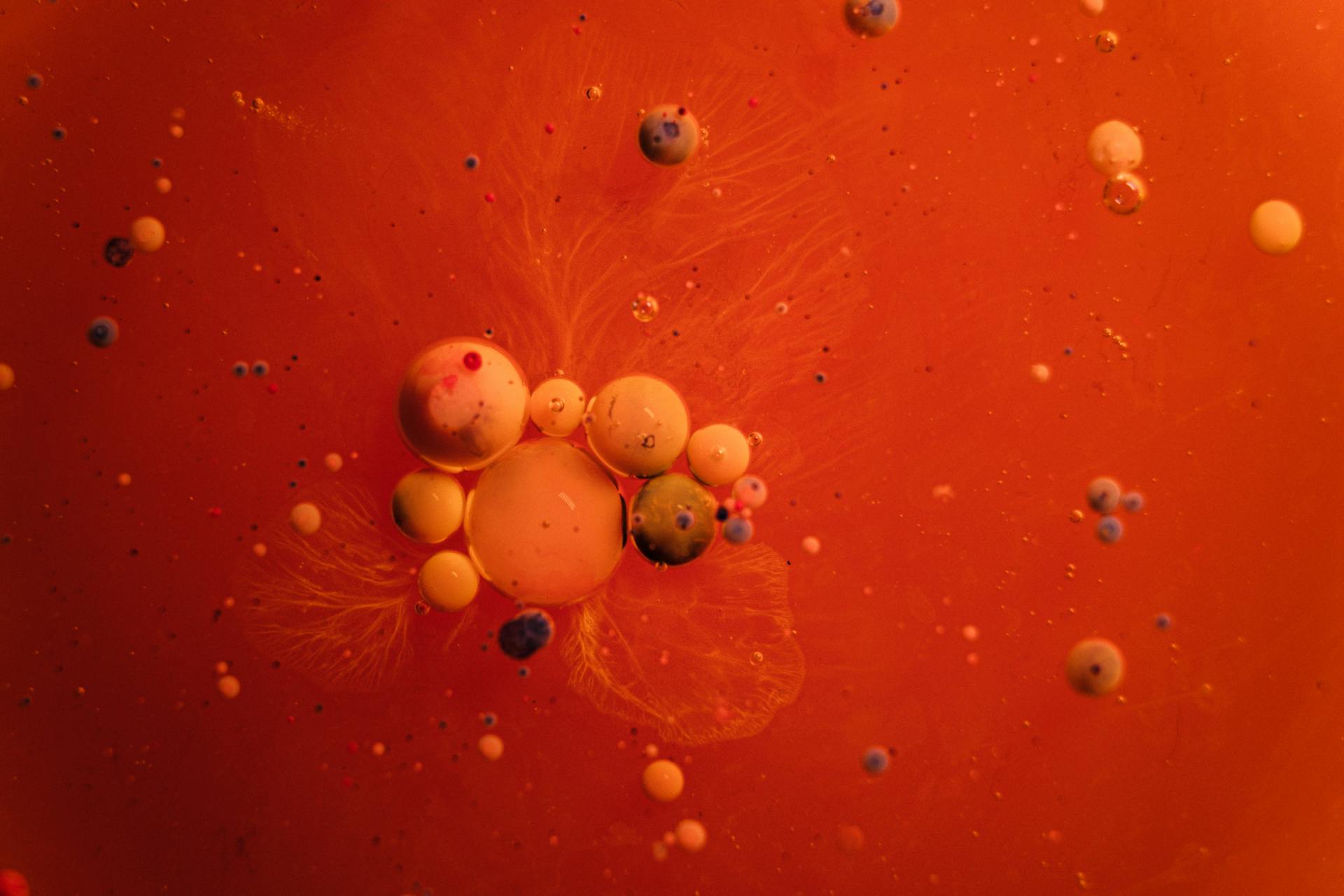Plant Cell Wall: Interplay between Structure and Signaling
WallSig explores the dynamic relationship between plant cell wall architecture and signaling pathways.
This blog investigates the intricate interplay between the structural composition of the plant cell wall and the signaling pathways governing growth, development, and stress responses. It delves into how alterations in cell wall architecture influence signal perception and transduction, shaping plant physiology and adaptation to environmental cues.



Scroll to explore

